Wild camping is a peaceful activity which offers the chance to sleep immersed in nature. After a long day of walking on a long-distance trail, falling asleep to the sound of a hooting owl in the distance or snuffling badger is a life-affirming experience and the perfect tonic to the stresses of modern life.
The rules around wild camping in the UK are strict in order to protect the natural environment and wildlife from damage But how do you know if it's legal to camp, and what should you bring? Whether it’s leaving no trace to ensuring you’ve packed that vital piece of kit, our essential wild camping guide explains how to get started, where you can legally camp in the UK, best camping kit to take and explains how to camp in the wilderness safely.
- Get closer to rare wildlife such as red squirrels and nightingales at a forest campsite this year.
What is wild camping?
Essentially, wild camping involves setting up camp outside of a campsite or caravan park and sleeping in your tent in the wilderness. You might be doing a multi-day hike and camp in a national park (checking first it is legal to do so) or fancy a micro adventure sleeping in nature.
Tempting though the solitude of the wilderness may be, wild camping can be daunting for first-timers, which is why our handy guide explains how to wild camp legally and safely in the UK.
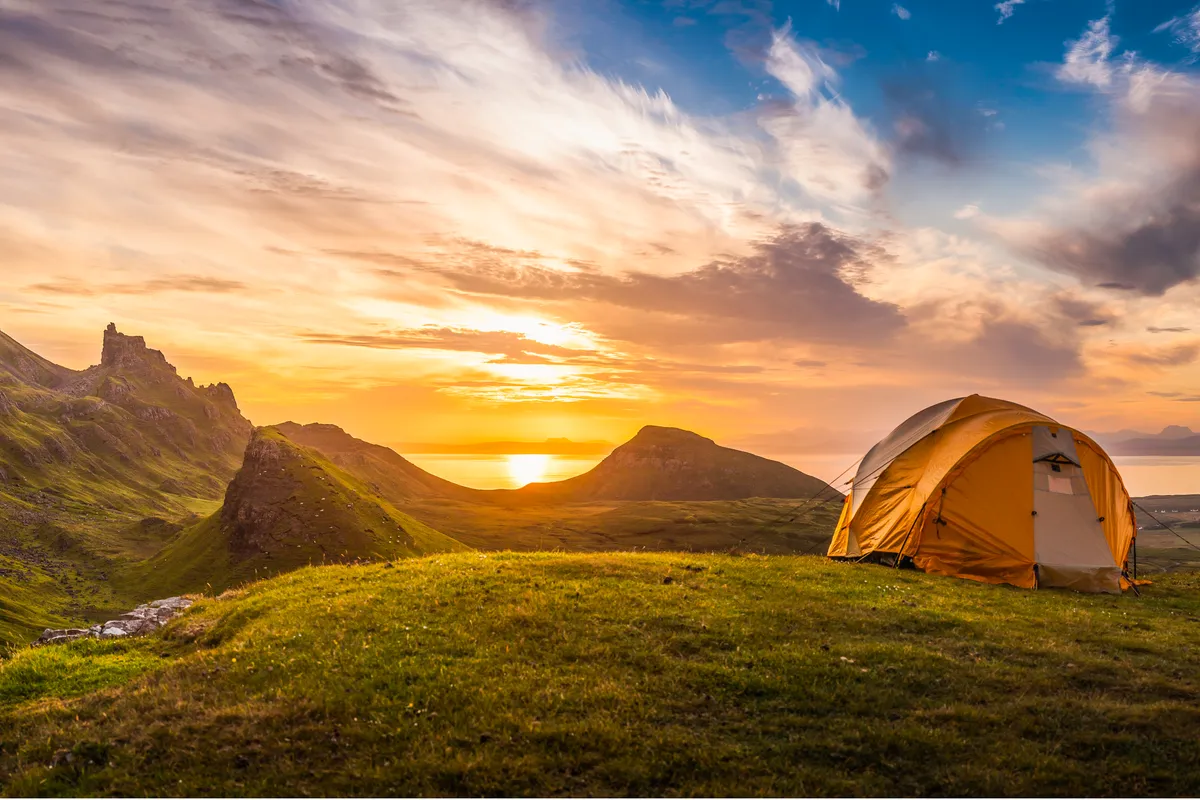
Is wild camping legal?
The general rule for wild camping is to check whether you can legally camp - or get permission and it is vital to leave no trace.
Before heading to the wilderness to wild camp, it's important to check the rules in your region. The majority of England, Wales and Northern Ireland, campers have no legal rights so check before you camp or get the landowner's permission. Some sites in Scotland, including Loch Lomond now require campers to get a permit so do your research before you go.
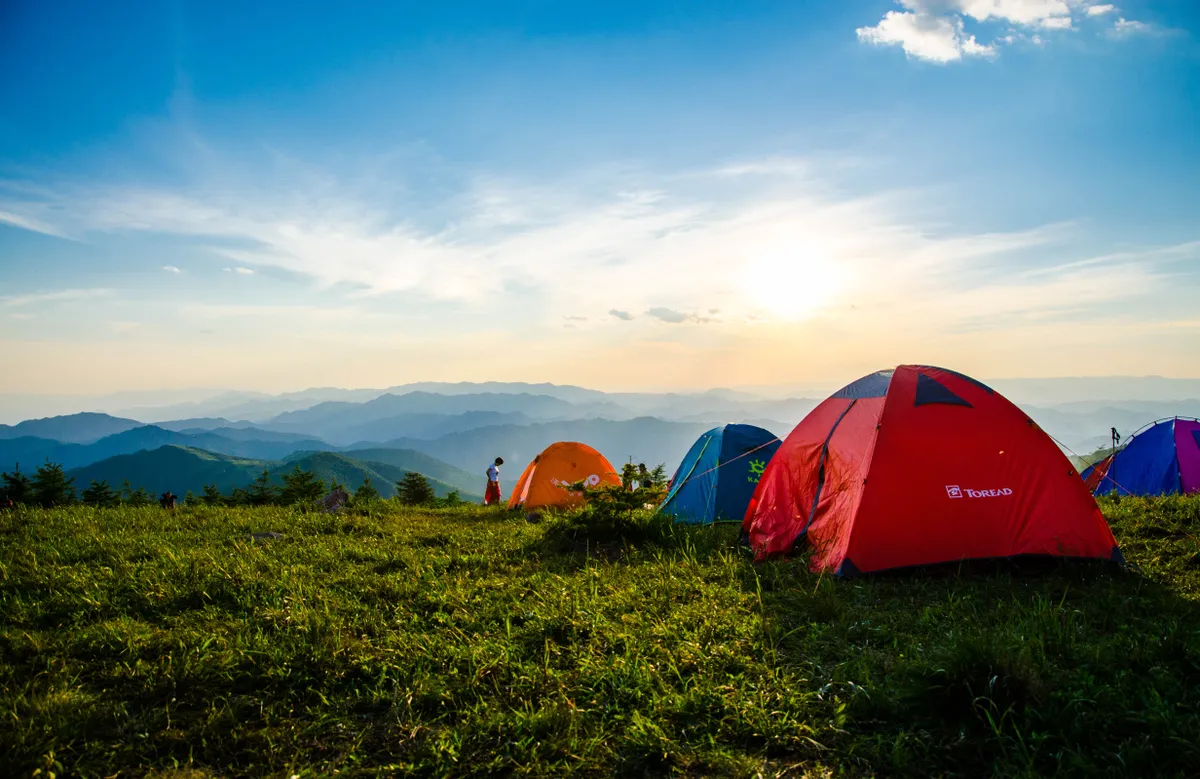
Wild camping England
Most land in England is privately owned by landowners. While wild camping isn't banned, the only way to wild camp legally in England is by seeking permission from the landowner.
The only place that wild camping is legally permitted in England is in Dartmoor National Park. However, this was threatened after a lengthy legal battle that was brought on by some of its landowners, Alexander and Diana Darwall, after they challenged the right to wild camp on their 4,000-acre estate on Stall Moor near Cornwood. A Supreme Court ruling in May 2025 upheld the right to wild camp.
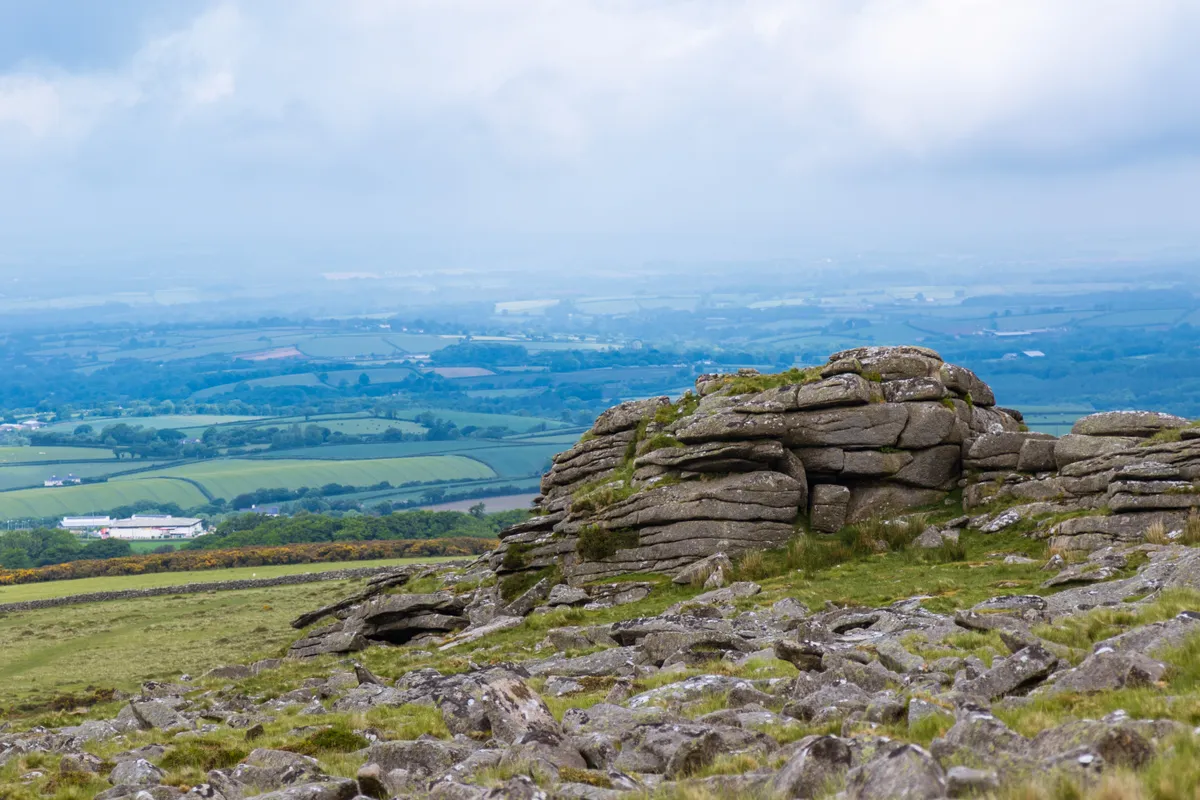
Wild camping in Wales
The rules surrounding wild camping in Wales is much the same as in England – permission must be gained from the landowner. Snowdonia National Park owns only a small amount of land within the national park so it recommends speaking to the landowner for permission to camp – or find a campsite within the park.
Most of the land within the Brecon Beacons National Park is privately owned so again permission needs to be gained before pitching your tent. It can be tricky to determine who owns the land, but much is owned by farms so contacting the local farmer can be a good place to start.
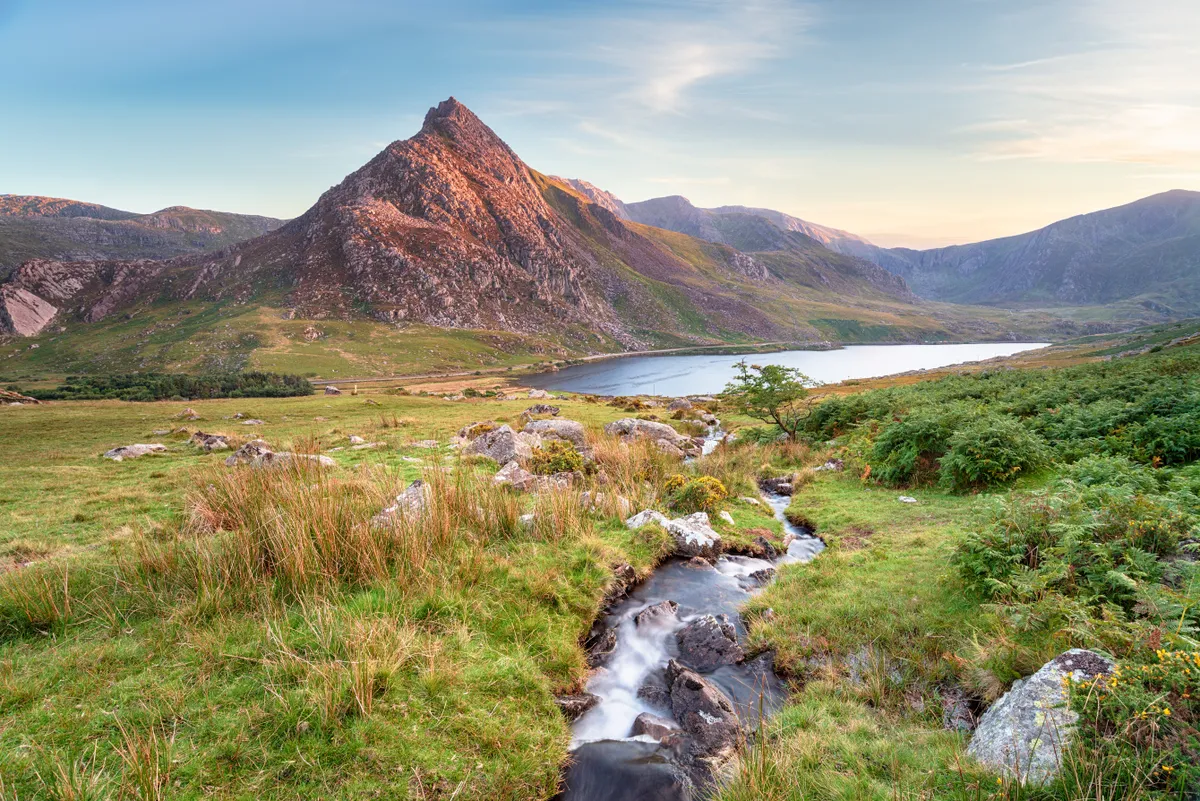
Wild camping in Scotland
Wild camping is legal in most of Scotland, thanks to the Land Reform (Scotland) Act 2003. Under this law, wild campers are allowed to pitch up on most unenclosed land.
On exception is Loch Lomond & The Trossachs National Park which is now subject to wild camping byelaws following overuse and damage to the natural enviroment. This means that camping is only permitted within campsites or with a camping permit.
The wild camping 'leave no trace' guidelines remain vital in Scotland to avoid damaging the natural environment or disturbing local wildlife. It is worth reading up on the Scottish Access Code before you go.
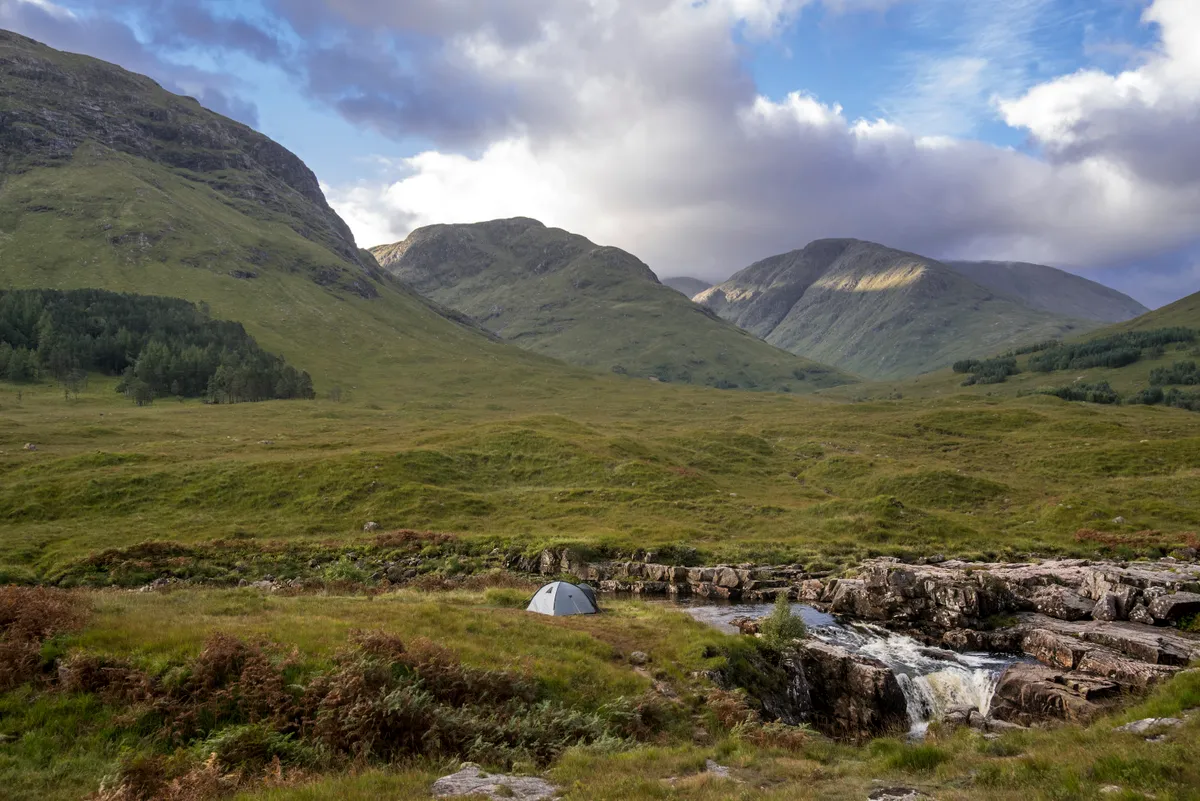
Wild camping tips
It is important to do your research before you set off on a wild camping trip (which is where this guide comes in). Plan your walking routes carefully, check the weather conditions, terrain and ensure you've got all the gear you need to hike and camp safely.
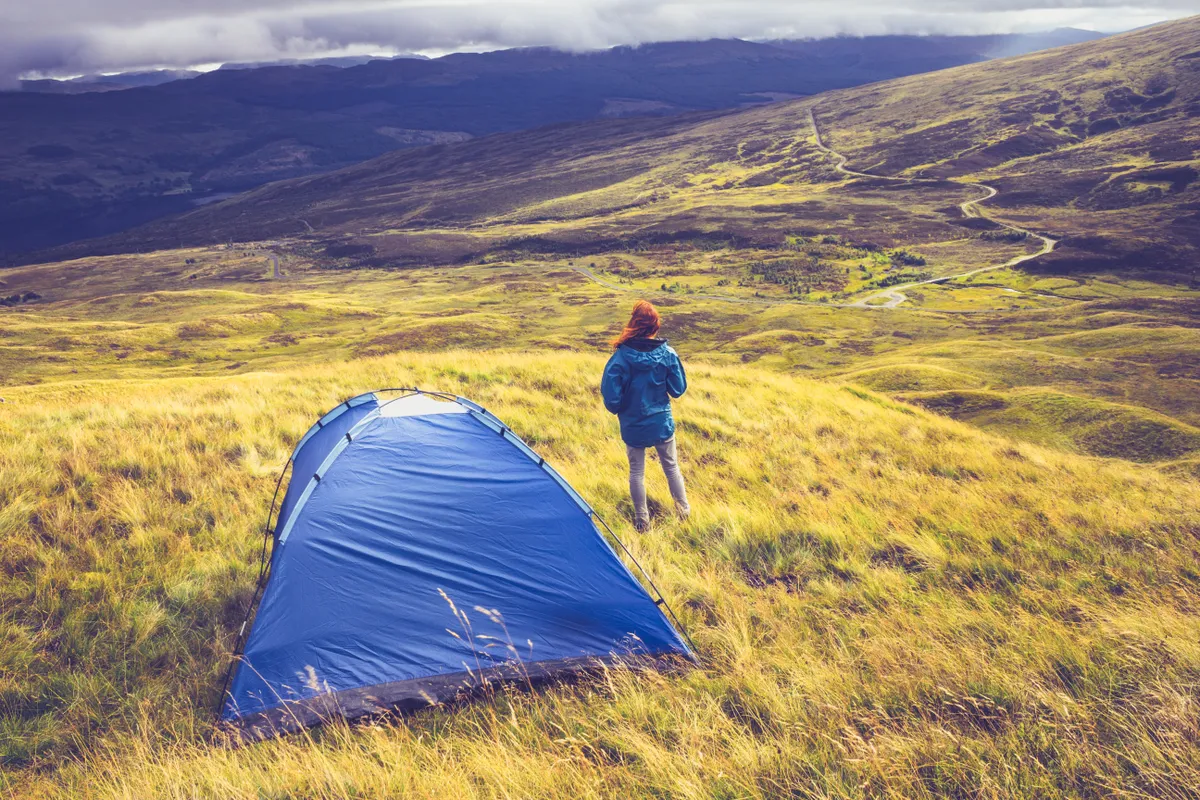
Many wild campers opt to camp during multi-treks, pitching up late in the day and continuing along the trail early the next morning. This is only allowed in certain parts of the UK, so check before plotting your route as you may need to head off the trail to pitch up in a campsite instead.
For walking route inspiration take a look at our guide to Britain's National Trails or guide to Scotland's great trails.
If you are considering upgrading your hiking kit, take a look at our review guides of the best walking shoes and best backpacks.
Here are a couple of key things to remember each and every time you wild camp.
Respect the landowners
Some areas are privately owned, so make sure you're camping in permitted zones before pitching up.
Arrive late and leave early
The golden rule of wild camping: arrive late and leave early - remembering to leave no trace! Plan arriving at your chosen location late in the day to avoid disturbing others and leave early before other walkers are out and about.
The wild camping code: Leave no trace
This is the crucial rule of wild camping and ideally you will create minimum impact on your desired area so it still remains natural and wild. Better still, you should leave the site so no one can tell you've even been there.
Litter — this goes without saying, but ensure you collect all your rubbish and take it with you. Walk the site slowly before leaving to check that nothing is missed. Leave the site as you found it - don't leave holes, fire damage, litter, and take care not to damage vegetation. This includes toilet duties: if you need to go to the toilet, dig out a 6-inch-deep turf away from paths or water. When you have finished, cover it back over.
Fire — If you are allowed to light a fire, ensure you do so correctly and leave no trace that you were ever there. Many sites don't allow fires so again do your research.
Stay just the one night - and then move on
It may be possible to stay more than one night in some areas, but try to limit your stay to reduce impact on the local environment.
Keep group numbers small
To minimise the chance of disturbing wildlife by camping in a small group and reduce noise and light where possible.
Source clean water
Water is heavy to carry, so chances are you will need to camp near a water source. Running water is generally safer than still and is best collected as close to the source as possible. Check immediately upstream for animal carcasses or waste. Use a tried and tested water filter or boil any water before drinking.
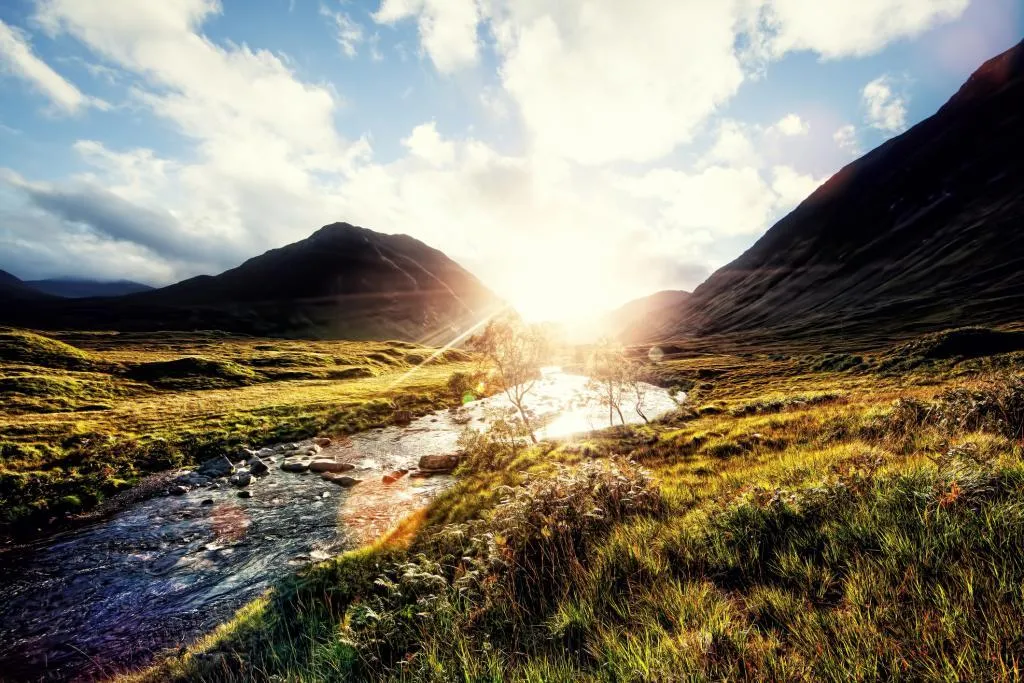
Find a remote spot - but tell someone where you're going
One of the many joys of wild camping is that it gives access to remote and wild places. Finding a remote spot with a view to enjoy at sunrise will make all the aches and pains of hiking through the wilderness seem worthwhile. However, it is also important to let others know where you're planning to go in case of emergency. It doesn't have to be the exact location, but leaving a rough plan of your route could be vitally important in a rescue situation. If you're staying in a hostel or guesthouse, let the owner know your plans and when you expect to return.
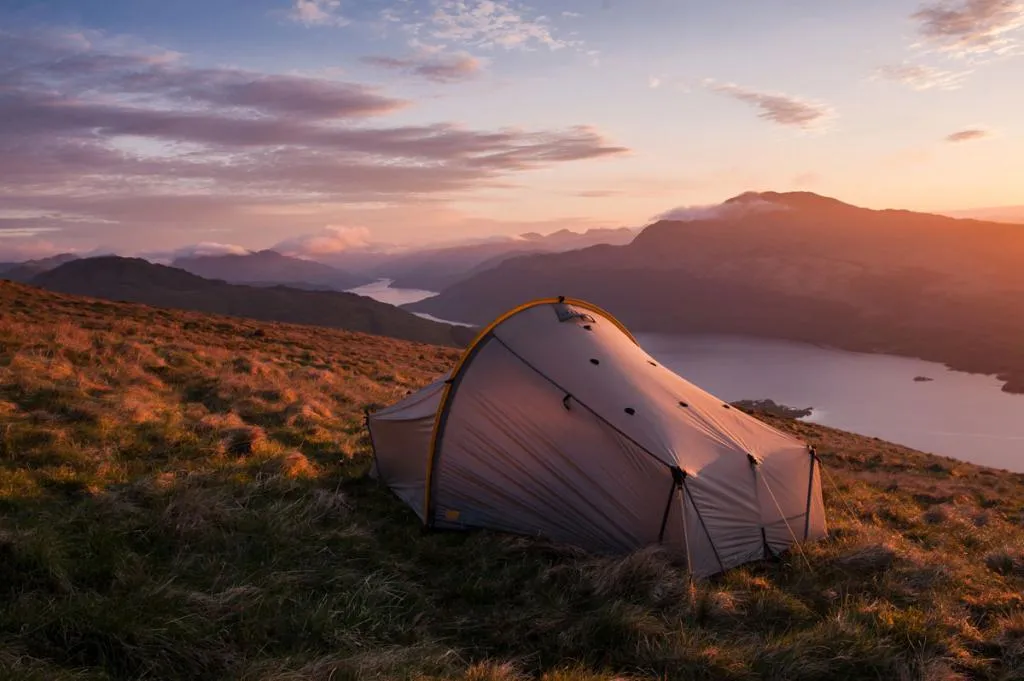
Ensure you've got the correct equipment
The British weather is notoriously changeable – particularly in the mountains, so it is vital that before any outdoor adventure that you pack the right kit to keep you warm, dry and safe.
Pack light but smart
Minimise weight but bring essentials: tent, sleeping bag, stove and enough food. Prioritise quality gear for warmth, shelter and easy setup.
Stay out of sight
Pitch discreetly at least 100m from roads and buildings. Avoid disturbing locals and fellow campers.
Avoid army firing ranges
Red flags mean military training is active. Check schedules online before heading out to avoid any disruptions to your camping trip.
Watch out for wildlife
Ground-nesting birds, ponies and deer need space. Camp carefully to avoid disturbing animals, particularly during breeding seasons.
What do you need for wild camping?
Finding yourself without a vital piece of kit in the wild is not only annoying – it can be life-threatening. While packing that extra warm layer or waterproof jacket might add a bit of weight to your pack, if the weather suddenly changes it will make a night outdoors much more enjoyable – and safe. Being a bit cold and wet could soon turn from a miserable experience to a deadly one if the weather takes a turn for the worse, so don't risk it.
If you plan to walk with your camping kit on your back, a lightweight approach really pays dividends. The rule of thumb is to keep your pack weight under 10kg – a goal this super-light camping kit will help you achieve.
If you can, we recommend trying camping at a campsite or even back garden to test your kit out before heading to the wild.
Start with a tough and light tent
You'll be carrying everything on your back, so the weight can soon add up. Carrying too much can turn an enjoyable hike into a slog, so you may want to consider shopping around to find the best quality and lightest equipment you can afford.
If you're hiking alone and only camping out a night or two, then smaller is better. However, if you're walking with company or very tall, then you may want to share the load and opt for a roomier tent. Tent size very much depends on how comfortable you are in a fairly cramped surroundings, so if possible visit an outdoor store to get an idea of what size would suit you.
Our top two recommended wild camping tents...
Jack Wolfskin, Exolight 1
SQUIRREL_TEXT_13078402
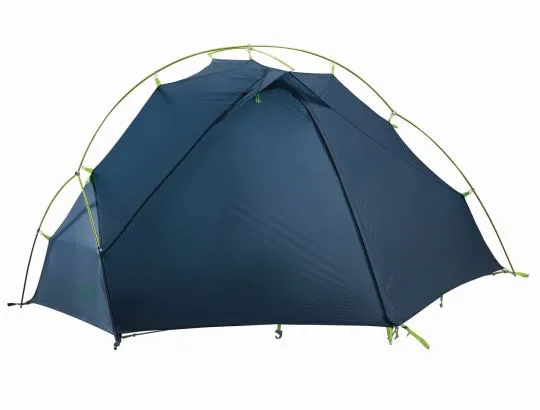
Highly wind resistant and extremely easy to pitch, the Exolight 1 is an excellent tent for solo backpackers. The headroom is decent inside at one metre, and at just 1.43kg it's pleasantly light.
For two backpackers, there's the Exolight 2, with the same head height, but a 1.8kg weight. Read more in our roundup of the best ultralight tents for backpackers.
SQUIRREL_13078402
Robens Starlight 2
SQUIRREL_TEXT_13076748
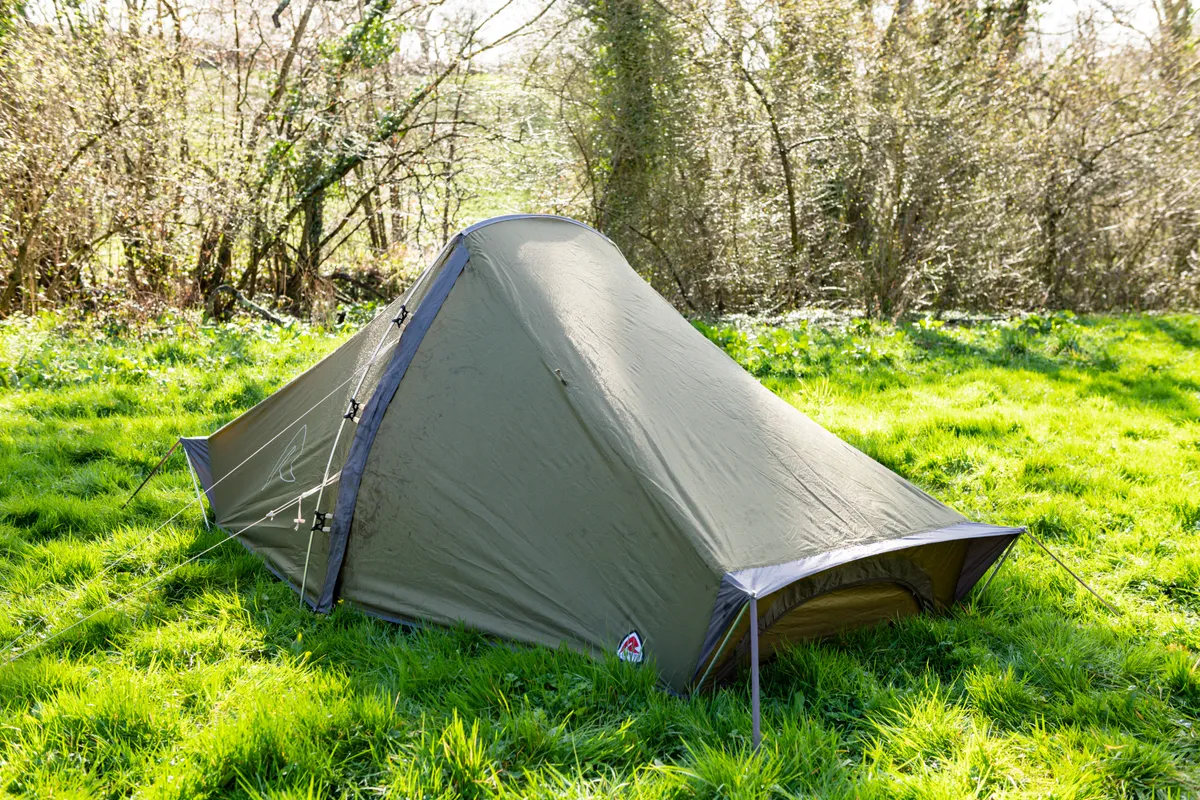
The Starlight 2 delivered on both durability and weather resistance on test, but we'd say it's a fairly snug fit for two. You only need to remove one pole before packing this tent away, so you can get up and away in a hassle-free manner.
Find out more in our review of the Robens Starlight 2 tent.
SQUIRREL_13076748
Keep comfortable at night
Overnight adventures are more fun if you get a good night’s kip. A sleeping mat and quality sleeping bag not only makes the ground softer to lie on, importantly it will also help keep you warmer. Choose from the cheaper, foam roll-up mats or a self-inflating sleeping mat. The pros of the foam mats are the relatively cheap cost and weight, but the cons include bulk (they generally have to be attached to the outside of your bag, which isn't ideal in wet conditions). Self-inflating mats can pack down incredibly small and provide a softer and warmer bed for the night.
- How to repair a self-inflating sleeping mat
- Best camping mattress for comfortable camping
- Best camping pillows for a well-earned rest
Our top three recommended wild camping sleeping gear...
Robens Icefall Pro 300
SQUIRREL_TEXT_13154091

A great option for fast and light summer camping, the Robens Icefall Pro 300 is ultra-lightweight and super soft. As a 'technical mummy', this design is fairly tight, but there's a handy central zip to prevent the sleeping bag from feeling too restrictive. Ideal for a touch of luxury whilst you're on the road too as the synthetic design lofts like down.
For more details, read our full review of the Robens Icefall Pro 300.
SQUIRREL_13154091
Rab Solar Eco 2 Sleeping Bag
SQUIRREL_TEXT_13082671
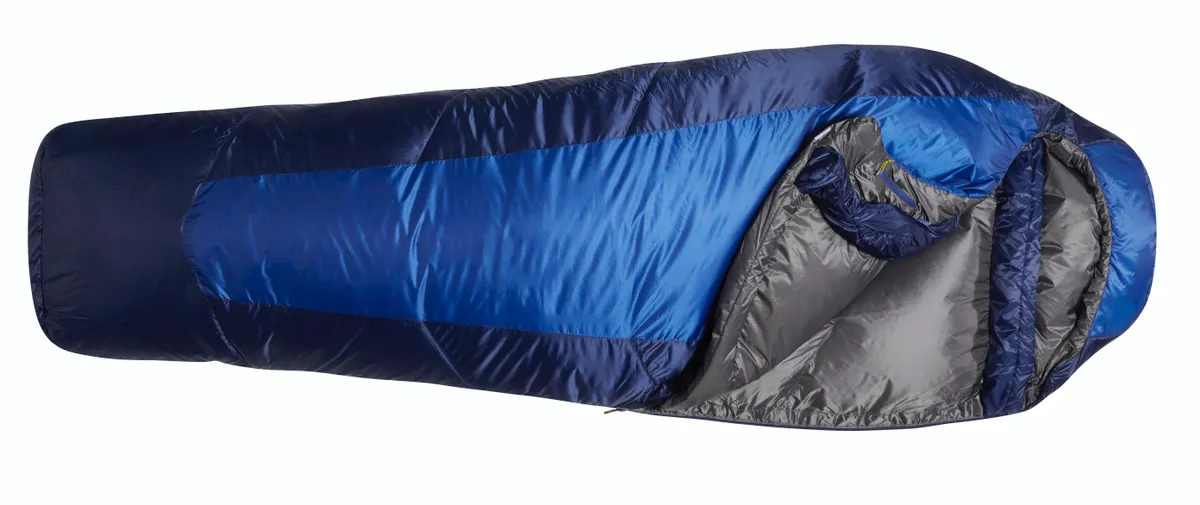
This three-season sleeping bag from Rab keeps you warm on cool summer nights, and it's compact, reasonably lightweight, and eco-conscious too. Unlike down bags, a fully synthetic bag continues insulating even when damp, so you can still stay cosy after a rainy day of hiking.
Head to our full review of the Rab Solar Eco 2 Sleeping Bag.
SQUIRREL_13082671
Sea to Summit Ether Light XT Extreme Sleeping Mat
SQUIRREL_TEXT_13092957
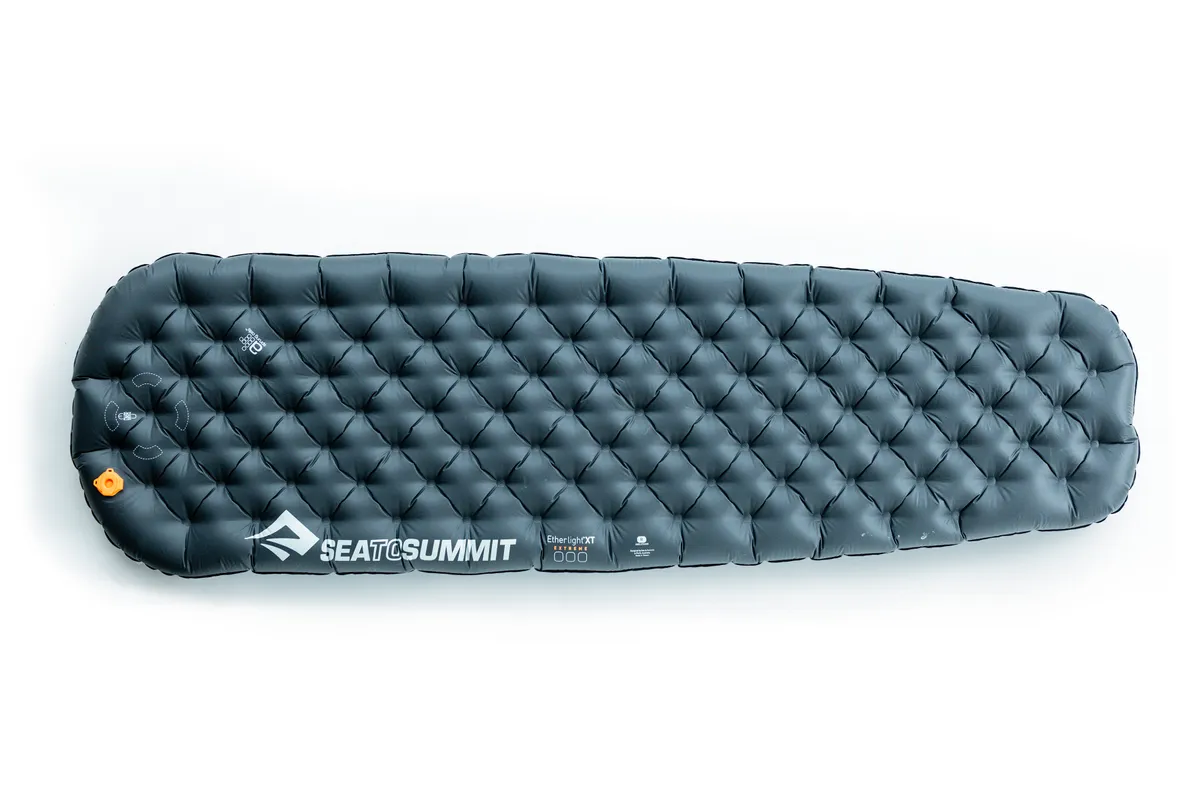
Sea to Summit's Ether Light XT Extreme sleeping mat was awarded a five star rating in our review, down to its four-season insulation, additional depth for comfort and speedy inflation time. A solid option for backpacking and cycle touring.
Check out the full review of the Sea to Summit Ether Light XT Extreme Sleeping Mat here.
SQUIRREL_13092957
- Best sleeping bag liners for camping trips and multi-day hikes
- Best three-season sleeping bags: review and buyer's guide
- Brilliant bulbs: shining a light on the best head torch of 2024
Our other wild camping must-have products...
Jetboil Java Flash Stove System
SQUIRREL_TEXT_13077132
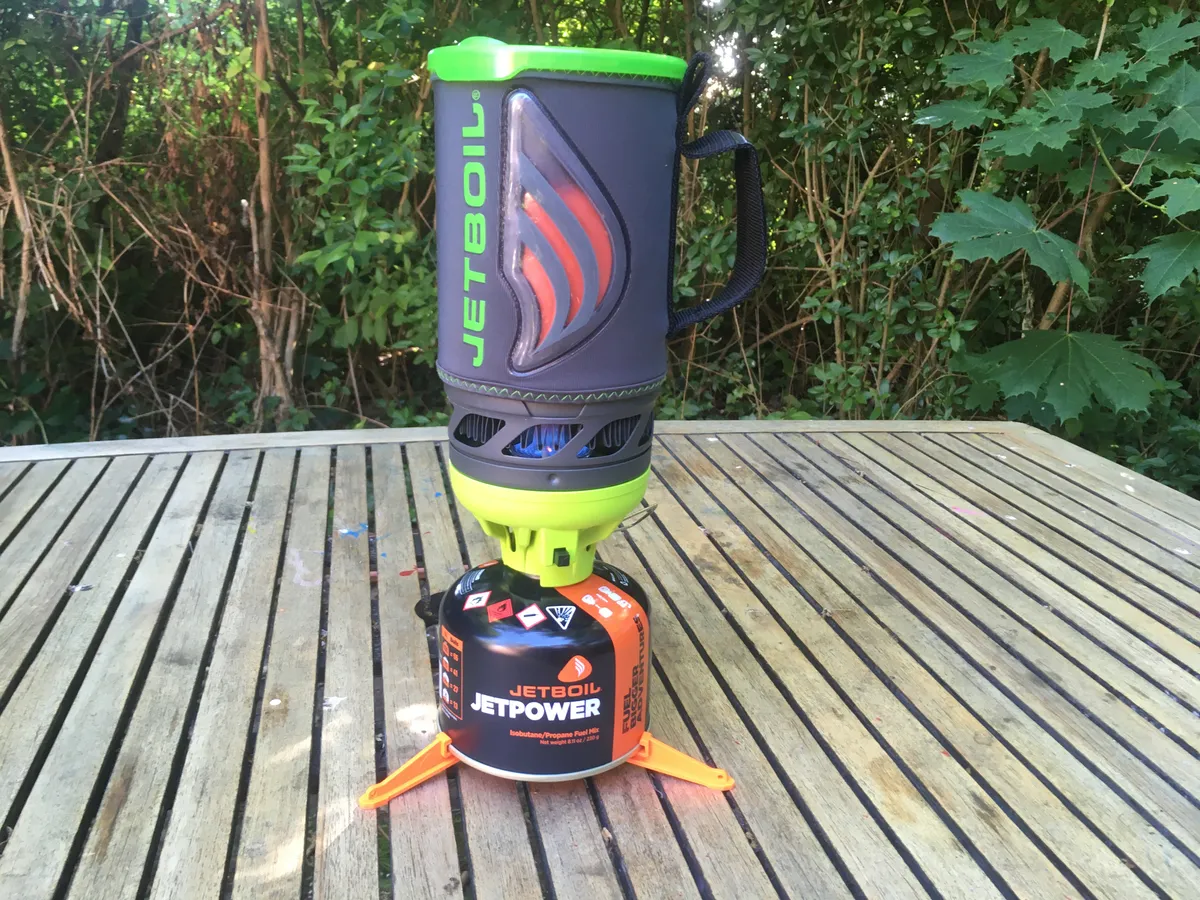
The Jetboil Java Flash, a part-stove-part-cafetiere model, boils water in 100 seconds and comes with a plunger to make coffee for two. Compatible with standard 450g gas cartridges.
See our camping stove review round-up to compare other models for your next getaway.
SQUIRREL_13077132
Firepot Dehydrated Meals
Browse meals at Millets from £8+
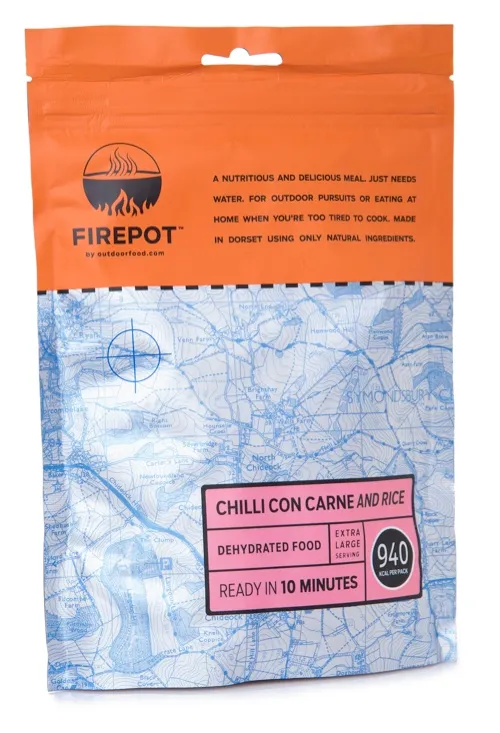
Good flavour and texture compared to many dehydrated meals – the porcini risotto and the orzo Bolognese not only taste good, but somehow managed not to be reduced to a stodgy mush in the rehydration process.
We put seven camping food brands to the test, discover how we got on.
Browse meals at Millets from £8+
LifeStraw Go Water Filter Bottle
SQUIRREL_TEXT_13090826
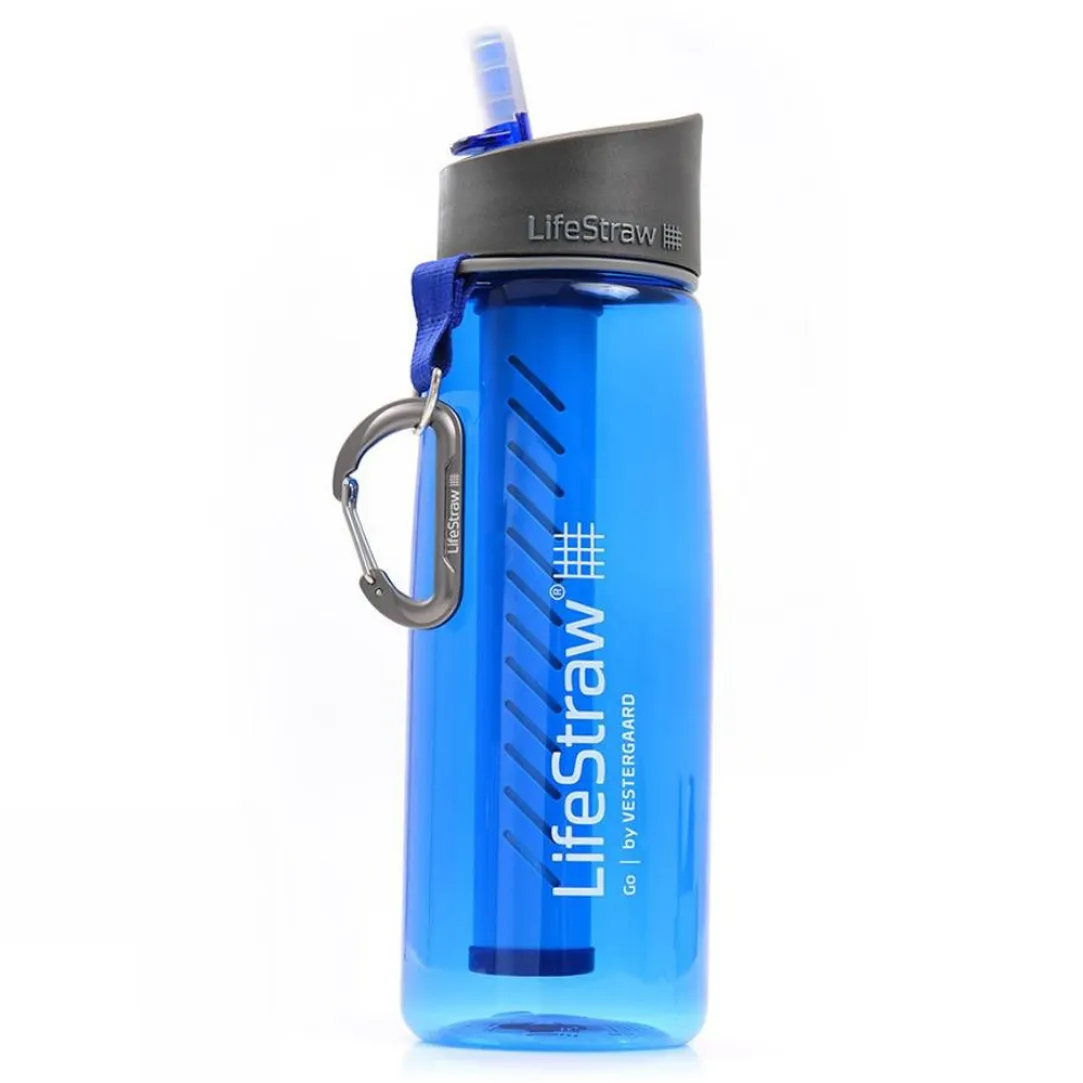
If you are going lightweight, you don't want to be carrying loads of water. This bottle has a built-in water filter, so you can literally fill it up from a stream and drink the water straight away through the mouthpiece. No chemicals, no waiting, genius.
Find more hiking water bottles in our roundup.
SQUIRREL_13090826
HydraPak, Shape-Shift Water Bladder
SQUIRREL_TEXT_13119035
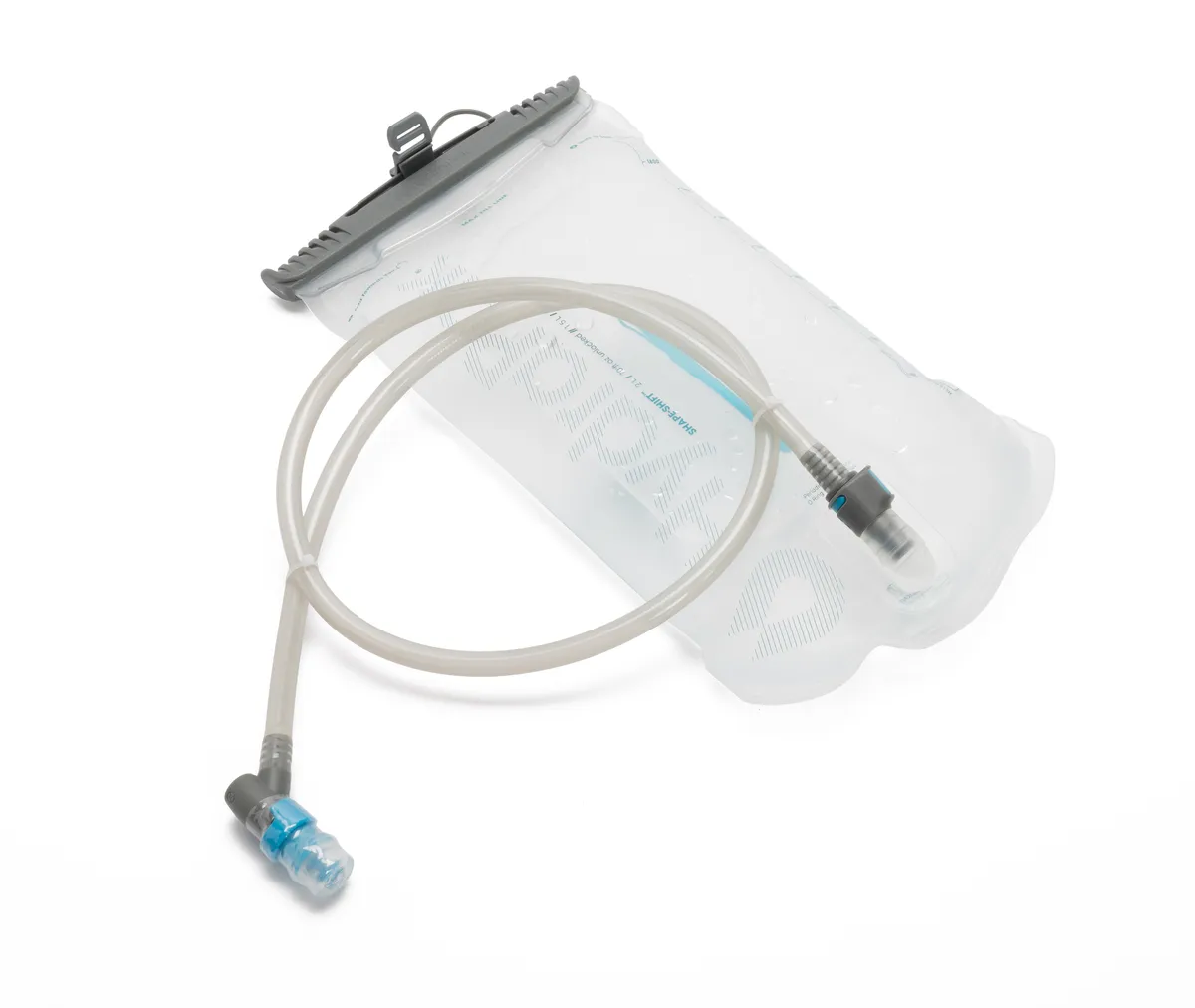
Stopping to take a water bottle from your backpack is a faff and many summer hill walkers end up dehydrated as a result by the time they pitch camp in the evening. It’s much easier to keep sipping all day via a tube to a water-reservoir like this, which slides easily into most backpacks. A wide-opening slide-seal top makes this one really easy to fill and clean – you can even pop it in the dishwasher. Available in 3L, 2L or 1.5L sizes.
SQUIRREL_13119035
Petzl Tikka Core Rechargeable Head Torch
SQUIRREL_TEXT_13084517

A reliable head torch is an essential backpack item whilst wild camping. The Petzl Tikka Core rechargeable head torch has the advantage of being both lightweight and compact, and you have the option to use either the rechargeable CORE battery or AAA batteries.
Head over to our full Petzl Tikka Core review for more.
SQUIRREL_13084517
If you're into your gadgets then our sister publication Science Focus has compiled a list of some of the best camping gadgets for you to peruse.
Beat the bugs: insect repellent
Despite our temperate climate, our rivers and lakes still seem to attract those pesky midges. If you’re planning on venturing up into the highlands or camping near a water body, be sure to pack some insect repellent to ease the discomfort of being nibbled. If you are sensitive to the ‘Deet’ component found in most insect repellent’s, Cotswold Outdoor offers a skin-friendly alternative.
Other useful items include: box of water-proof matches, first-aid kit, spare set of warm clothing, water-proofs and coffee for the morning. Sleep tight!
Where are the best places to wild camp in the UK?
If you're not confident about wild camping or haven't got permission to legally camp then we strongly recommend booking a place to stay or camp before taking a trip if you're unsure of the laws or rules.
Here's a small selection of our favourite locations for wild camping in the UK
Isle of Mull, Scotland
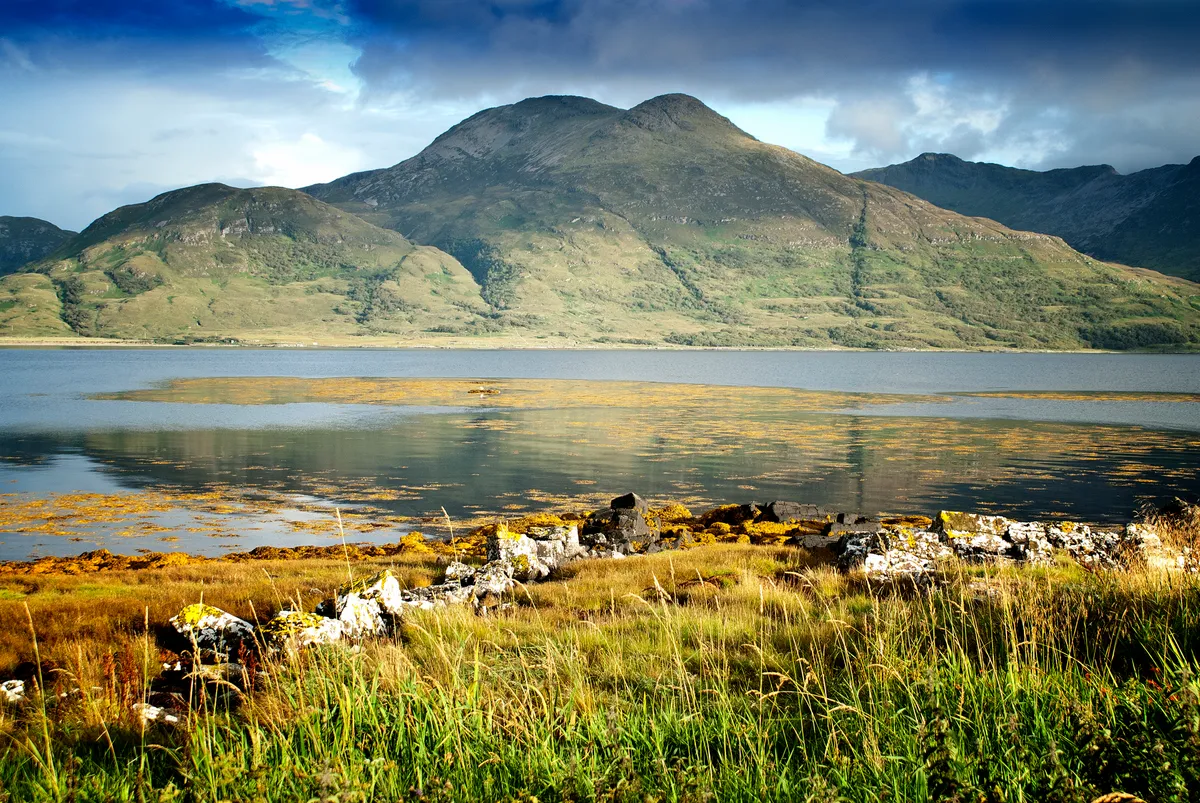
The Isle of Mull is the largest of the islands of Argyll and welcomes wild camping in certain areas of the island. Enjoy its 300 miles of coastline, which provides a haven for birds and wildlife.
Book your train trip to Oban, plus check out the top Isle of Mull tourist attractions.
Cairngorms, Scotland
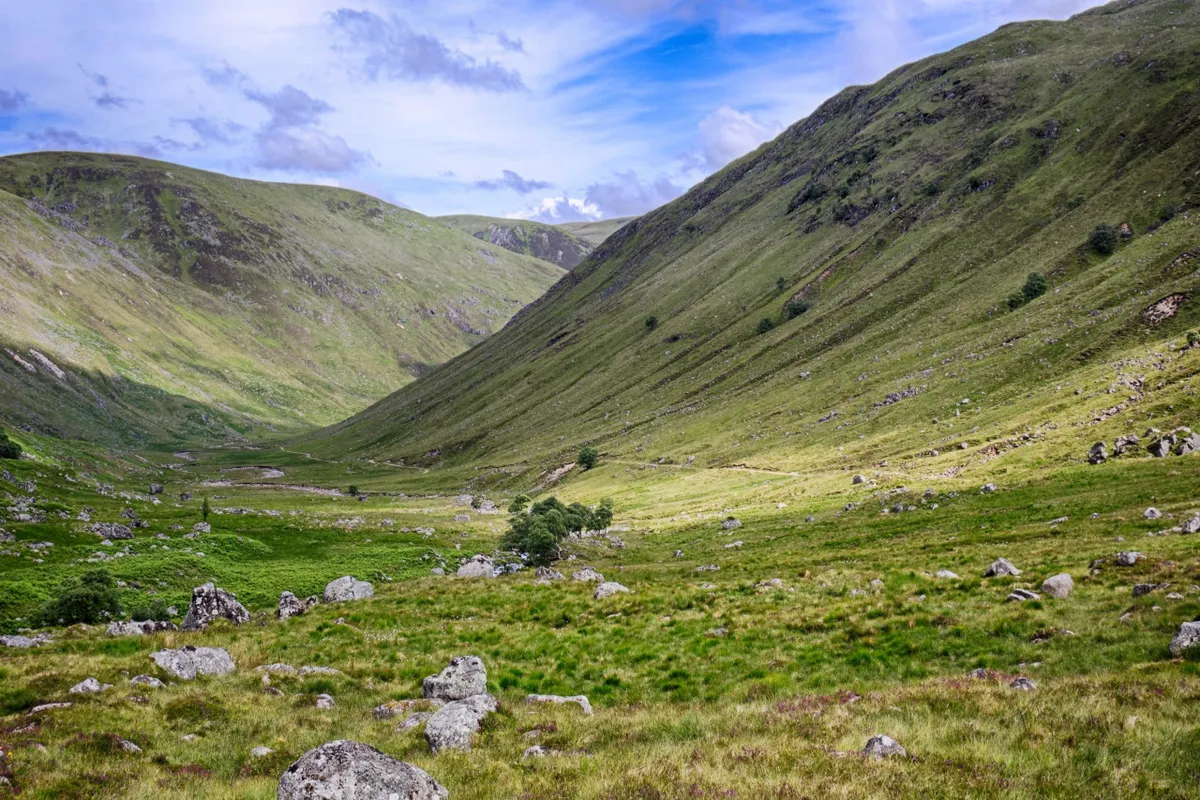
This breathtaking National Park in the eastern Highlands of Scotland is home to mountains, glens, moorlands, rivers and lochs and a vast array of wildlife. It is legal to wild camp here – provided you do so in a responsible manner.
Browse ideas of what to do whilst exploring Cairngorms National Park here.
Loch Lomond, Scotland
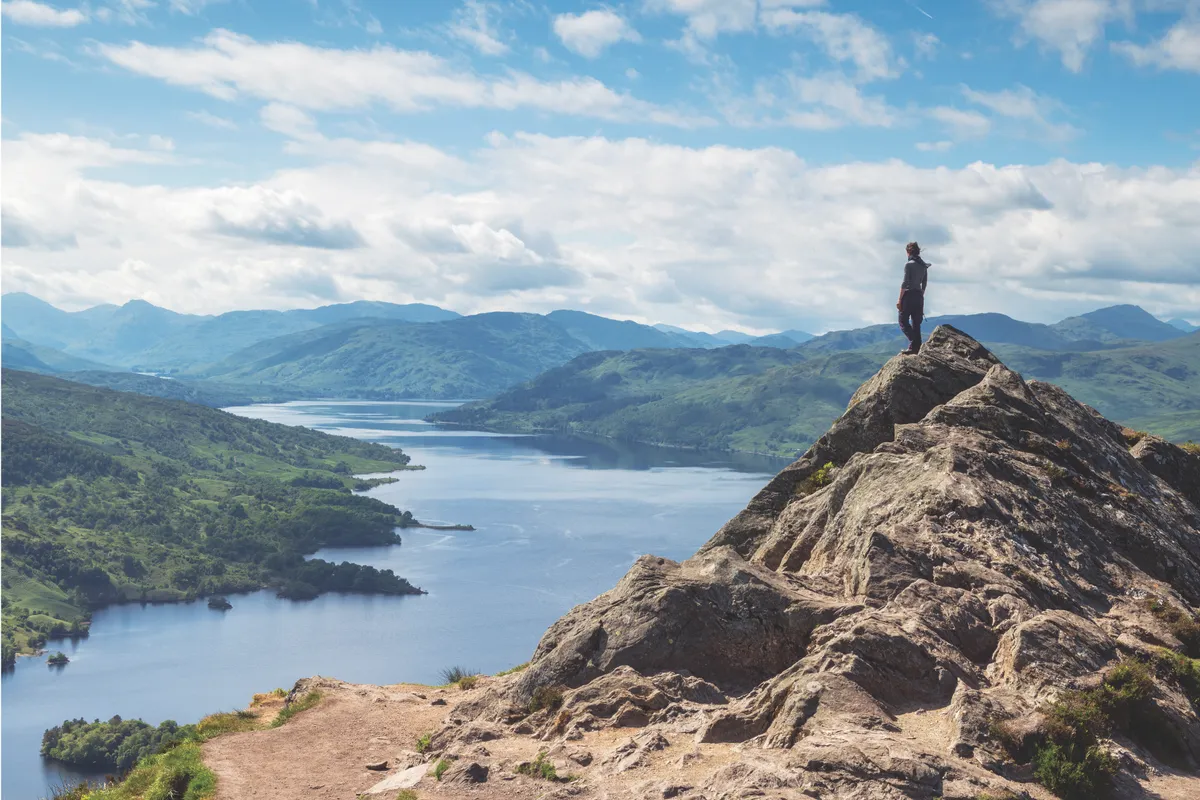
Wild camping is a great way to experience the spectacular scenery of this National Park. Take extra care to avoid disturbing deer stalking or grouse shooting. New seasonal by-laws came into force restricting camping around Loch Lomond and in the Trossachs earlier this year, so you will need to get a permit before pitching up.
Going by bus, or train? Book travel to Glasgow.
Inspired? Here are 10 adventurous places to wild camp in Britain.









